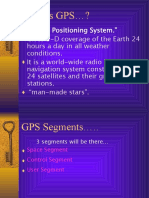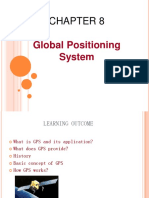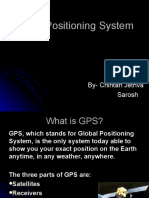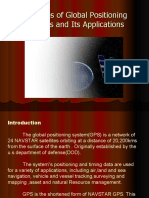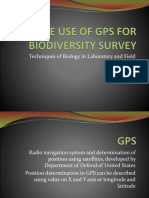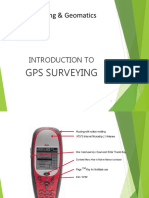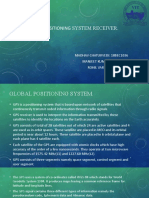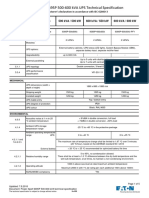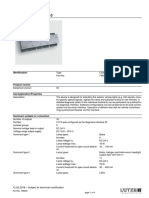0% found this document useful (0 votes)
18 views59 pagesGps
The Global Positioning System (GPS) is a satellite-based navigation system that provides precise positioning, navigation, and timing information globally. Developed in the U.S. since 1973, it consists of 24 satellites and has applications in various fields including military, geodetic, and civilian uses. GPS technology enables accurate location determination and has evolved to include different types of receivers for various applications.
Uploaded by
an6506Copyright
© © All Rights Reserved
We take content rights seriously. If you suspect this is your content, claim it here.
Available Formats
Download as PDF, TXT or read online on Scribd
0% found this document useful (0 votes)
18 views59 pagesGps
The Global Positioning System (GPS) is a satellite-based navigation system that provides precise positioning, navigation, and timing information globally. Developed in the U.S. since 1973, it consists of 24 satellites and has applications in various fields including military, geodetic, and civilian uses. GPS technology enables accurate location determination and has evolved to include different types of receivers for various applications.
Uploaded by
an6506Copyright
© © All Rights Reserved
We take content rights seriously. If you suspect this is your content, claim it here.
Available Formats
Download as PDF, TXT or read online on Scribd
/ 59







